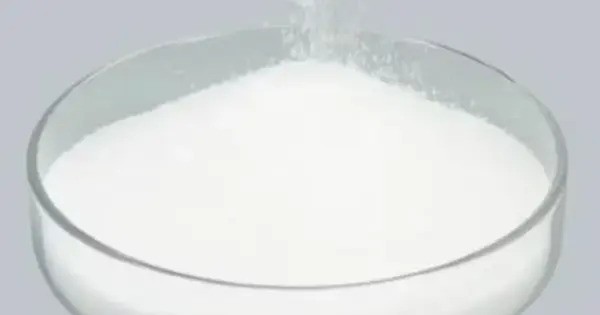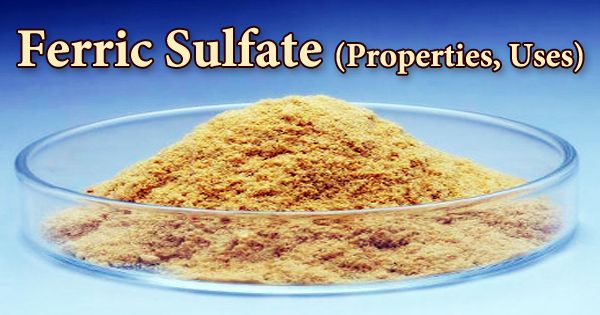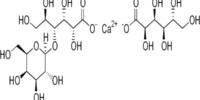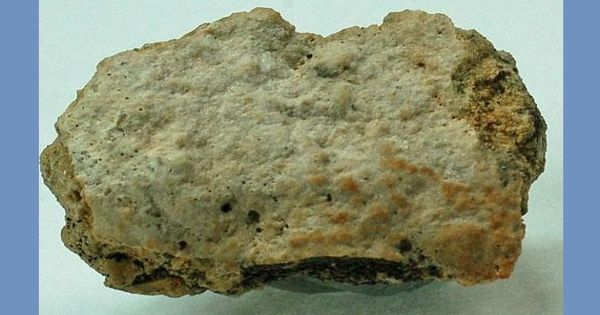Calcium erythorbate is a food additive. Chemically, it is the calcium salt of erythorbic acid, with the chemical formula Ca(C6H7O6)2. It is a food additive, known chemically as the calcium salt of erythorbic acid, which is a stereoisomer of ascorbic acid (vitamin C).
As an antioxidant structurally related to vitamin C, it helps improve flavor stability and prevents the formation of carcinogenic nitrosamines. It is used in the food industry as an antioxidant and preservative. It is primarily used as an antioxidant in food products.
Properties
- Chemical formula: Ca(C6H7O6)2
- Molar mass: 390.31 g/mol
- Structure: Calcium salt of erythorbic acid (a stereoisomer of ascorbic acid, specifically the D-isomer)
- Solubility: Soluble in water
- Appearance: White to slightly yellow crystalline powder
- Stability: Stable under normal conditions but sensitive to light and air (oxidizes over time)
- E Number: E318 (used as a food additive)
Functional Properties
- Antioxidant: Prevents oxidative spoilage in food by scavenging oxygen and free radicals.
- Preservative: Helps preserve color and flavor, especially in meats and canned foods.
- Curing accelerator: In processed meats, it speeds up the nitrite curing reaction, stabilizing color and reducing nitrosamine formation.
Uses
- Preservation: Prevents oxidation in foods, especially meats, by slowing down spoilage and color changes.
- Maintains Color: Used in processed meats (like hot dogs and sausages) to help retain their red or pink color.
- Flavor Stabilizer: Helps preserve flavor by preventing the degradation of oils and fats.
Toxicology
- Low toxicity
- Non-carcinogenic
- Non-mutagenic
- No known adverse effects at typical consumption levels
- Excessive intake may lead to mild gastrointestinal upset
Safety
- Approved by food safety authorities such as the FDA, EFSA, and JECFA.
- Generally recognized as safe (GRAS) when used in accordance with good manufacturing practices.
- Less active than ascorbic acid but more stable in some food systems.
















